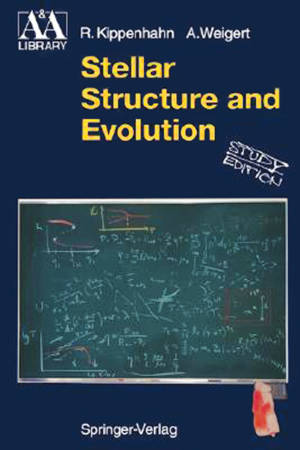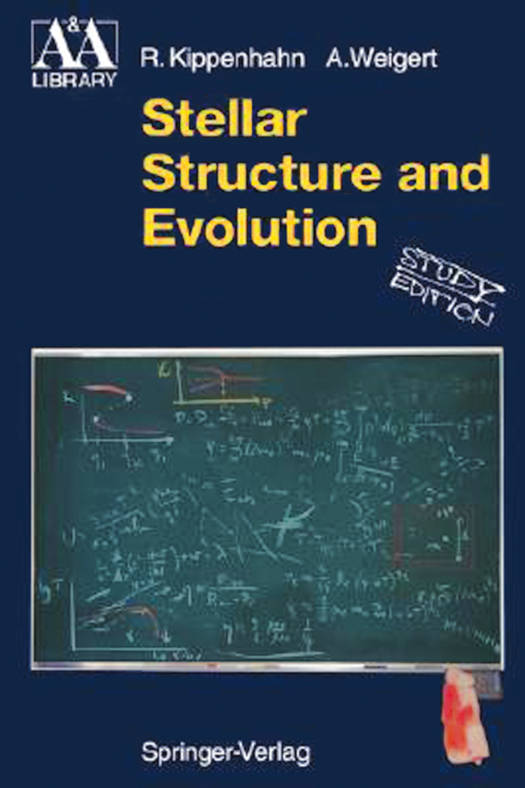
- Afhalen na 1 uur in een winkel met voorraad
- Gratis thuislevering in België vanaf € 30
- Ruim aanbod met 7 miljoen producten
- Afhalen na 1 uur in een winkel met voorraad
- Gratis thuislevering in België vanaf € 30
- Ruim aanbod met 7 miljoen producten
Zoeken
Omschrijving
The attempt to understand the physics of the structure of stars and their change in time - their evolution - has been bothering many physicists and astronomers ever since the last century. This long chain of successful research is well documented not only by numerous papers in the corresponding journals but also by a series of books. Some of them are so excellently written that despite their age they can still be recommended, and not only as documents of the state of the art at that time. A few outstanding examples are the books of R. Emden (1907), A. S. Eddington (1926), S. Chandrasekhar (1939), and M. Schwarzschild (1958). But our science has rapidly expanded in the last few decades, and new aspects have emerged which could not even be anticipated, say, 30 years ago and which today have to be carefully explored. This does not mean, however, that our ambition is to present a complete account of the latest and most refined numerical results. This can well be left to the large and growing number of excellent review articles. The present book is intended rather to be a textbook that will help students and teachers to understand these results as far as possible and present them in a simple and clear manner. We know how difficult this is since we ourselves have tried for the largest part of our scientific career to understand "how the stars work" - and then to make others believe it.
Specificaties
Betrokkenen
- Auteur(s):
- Uitgeverij:
Inhoud
- Aantal bladzijden:
- 468
- Taal:
- Engels
- Reeks:
Eigenschappen
- Productcode (EAN):
- 9783540580133
- Verschijningsdatum:
- 28/07/1994
- Uitvoering:
- Paperback
- Formaat:
- Trade paperback (VS)
- Afmetingen:
- 159 mm x 236 mm
- Gewicht:
- 693 g

Alleen bij Standaard Boekhandel
+ 147 punten op je klantenkaart van Standaard Boekhandel
Beoordelingen
We publiceren alleen reviews die voldoen aan de voorwaarden voor reviews. Bekijk onze voorwaarden voor reviews.











